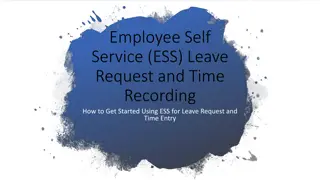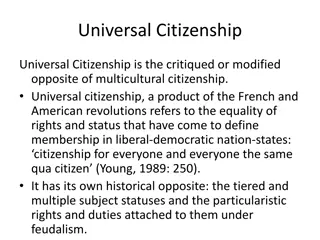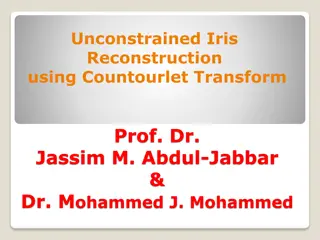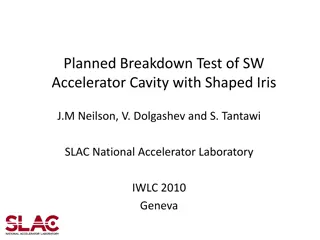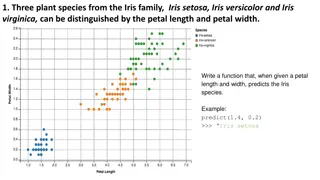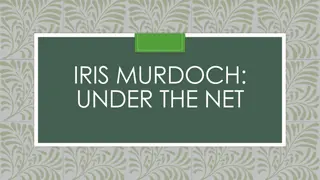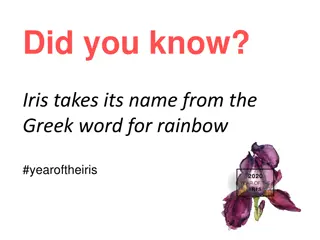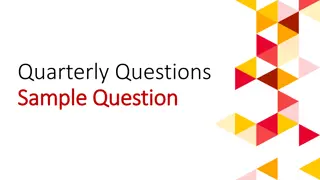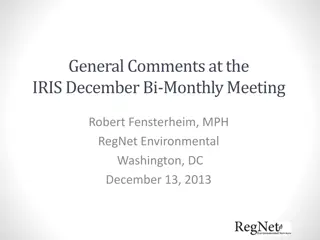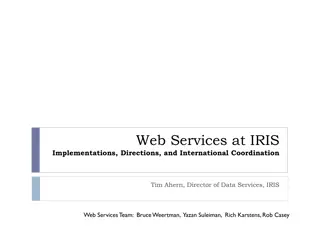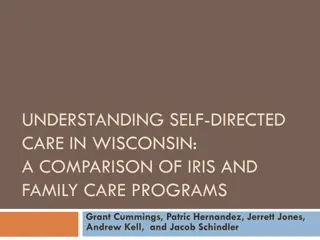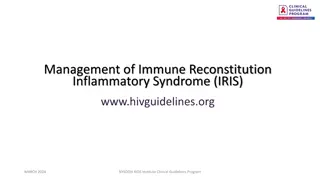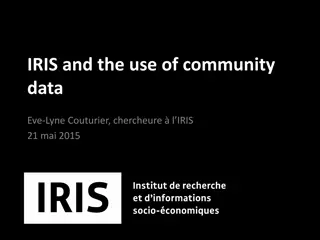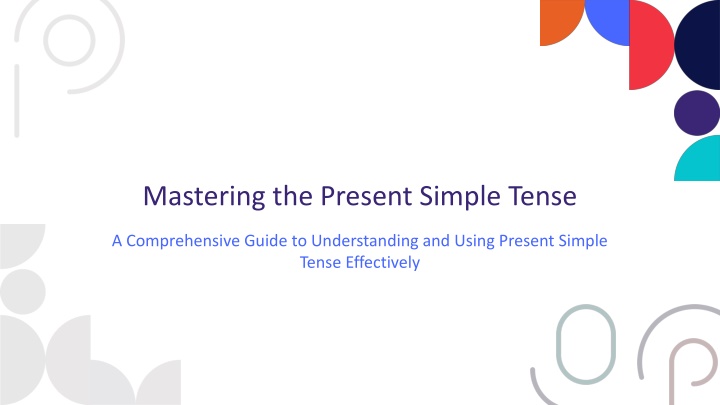
Practical Guide: Mastering Present Simple Tense
"Discover the uses, forms, and examples of Present Simple Tense with this comprehensive guide. Learn to express habitual actions, state general truths, master irregular verbs, and confidently use the Present Simple tense for effective communication."
Download Presentation

Please find below an Image/Link to download the presentation.
The content on the website is provided AS IS for your information and personal use only. It may not be sold, licensed, or shared on other websites without obtaining consent from the author. If you encounter any issues during the download, it is possible that the publisher has removed the file from their server.
You are allowed to download the files provided on this website for personal or commercial use, subject to the condition that they are used lawfully. All files are the property of their respective owners.
The content on the website is provided AS IS for your information and personal use only. It may not be sold, licensed, or shared on other websites without obtaining consent from the author.
E N D
Presentation Transcript
Mastering the Present Simple Tense A Comprehensive Guide to Understanding and Using Present Simple Tense Effectively
Table of contents Lesson Introduction 01 Uses of Present Simple Tense 02 Forms of Present Simple Tense 03 Examples of Present Simple Tense 04 Interactive Exercises 05 Common Misconceptions 06 Grasping the Present Simple Tense 07 Interactions with Different Verb Types 08 Regular and Irregular Verbs 09 Confident Usage of Present Simple Tense 10
Lesson Introduction Uses of Present Simple Lesson Introduction Introduction Importance of Present Simple Interactive Learning Learning Objectives Welcome to our in-depth Engage in examples and Understand various uses Express habitual Crucial for effective exploration of the Present exercises of Present Simple actions Simple tense! This communication 05 02 03 04 01 fundamental aspect of Address common Recognize different Convey general English grammar is crucial Forms the backbone misconceptions forms and nuances for effective communication truths of many complex and forms the backbone of Explore interactions with Gain confidence in using language structures many more complex Schedule events different verb types the tense accurately language structures. Mastering the Present Simple Tense
Uses of Present Simple Tense Expressing Habitual Actions Stating General Truths It is used to express facts that are generally true. The Present Simple tense is used to describe actions actions that are repeated regularly or habits. For instance, "The sun rises in the east." For example, "She reads a book every night before bed." Expressing Habitual Actions Stating General Truths The Present Simple tense is used to describe actions that are repeated regularly or habits. It is used to express facts that are generally true. For instance, "The sun rises in the east." For example, "She reads a book every night before bed." Mastering the Present Simple Tense
Forms of Present Simple Tense Irregular Verbs Regular Verbs Some verbs have unique forms in the Present Simple tense that do not follow the regular pattern. Most verbs follow a simple pattern when conjugated in conjugated in the Present Simple tense. Example: "She goes to the gym after work." Example: "I play tennis every Saturday." Third Person Singular Negative Form Interrogative Form To form negative sentences in the Present Simple tense, we use the auxiliary verb "do not" (don't) or "does not" (doesn't) before the base form of the main verb. When asking questions in the Present Simple tense, we invert the subject and auxiliary verb "do" or "does." Verbs used with third-person singular subjects (he, she, (he, she, it) often require adding an -s or -es at the end. the end. Example: "Do you speak Spanish fluently?" Example: "He reads books every night." Example: "They do not like spicy food." Mastering the Present Simple Tense
Examples of Present Simple Tense STRENGTHS WEAKNESSES Clearly indicates habitual actions and routines. Limited to present time reference only. Easy to understand and use in everyday Can be confusing when used with non-habitual actions. conversations. W S OPPORTUNITIES THREATS T O Provides a foundation for learning more complex Overuse may lead to monotony in language. language. tenses. Enhances clarity in writing and speaking. Incorrect usage can result in miscommunication. Mastering the Present Simple Tense
Interactive Exercises STRENGTHS WEAKNESSES Engaging and interactive exercises to reinforce Limited scope for personalized feedback in group group settings learning Immediate feedback on responses to enhance Potential for technical issues with online platforms W S understanding Varied question formats to cater to different Difficulty in assessing subjective aspects of language proficiency learning styles OPPORTUNITIES THREATS T O Integration of multimedia elements for enhanced Student disengagement due to repetitive exercises enhanced engagement Collaboration with peers for peer-to-peer learning Inadequate time allocation for thorough practice Expansion of exercises to cover real-life scenarios Misinterpretation of exercise instructions leading to incorrect responses for practical application Mastering the Present Simple Tense
Common Misconceptions Present Simple is only used for actions happening happening now Present Simple is only for the present tense Despite its name, the Present Simple tense can also be used to talk about future events, especially when they are part of a fixed schedule or timetable. While the Present Simple can describe actions happening now, it is also used for habitual actions, actions, general truths, and scheduled events. Every sentence with "always" or "usually" must use Present Simple Present Simple is only for regular verbs Present Simple cannot express future plans While adverbs like "always" and "usually" often accompany the Present Simple tense, they are not exclusive to it and can be used with other tenses as well. The Present Simple tense is used for both regular and regular and irregular verbs, with slight variations in their in their conjugation patterns. In addition to habitual actions and general truths, the truths, the Present Simple can also be used to express express future plans and scheduled events, especially in especially in formal contexts. Mastering the Present Simple Tense
Grasping the Present Simple Tense STRENGTHS WEAKNESSES Clear and straightforward usage in expressing habitual actions and general truths. Can be challenging for non-native English speakers to grasp initially. Forms the foundation for more complex language Requires attention to verb forms and subject-verb agreement. W S structures. Enhances communication skills in both spoken Limited in expressing actions happening at the moment. and written English. OPPORTUNITIES THREATS T O Practice and repetition can lead to mastery over Misuse or overuse of the Present Simple tense tense can lead to misunderstandings. time. Provides a solid base for advancing to other tenses in English grammar. Lack of variety in tense usage may limit the richness of language expression. Widely used in everyday conversations, making it a valuable skill to possess. Difficulty in differentiating between Present Simple and other tenses. Mastering the Present Simple Tense
Interactions with Different Verb Types Regular Verbs Irregular Verbs Regular verbs follow a predictable pattern in the Present Simple tense, where the base form of the verb is used for all persons except for the third person singular, which adds "-s" or "-es" to the base form. Irregular verbs do not follow the standard rules for conjugation in the Present Simple tense. Each irregular verb has its unique forms for different persons. For example, "I play tennis every weekend" or "She watches movies on Fridays." For instance, "I go to the gym every morning" or "They have breakfast together every day." Modal Verbs Phrasal Verbs Modal verbs, such as "can," "may," "must," etc., do not change their their form in the Present Simple tense. Phrasal verbs consist of a main verb and one or more particles particles (prepositions or adverbs). They are always followed by the base form of the main verb. In the Present Simple tense, phrasal verbs are used similarly to regular verbs, with the particle typically following the main verb. For example, "She can speak Spanish fluently" or "We must finish the project by Friday." For instance, "He gets up early every morning" or "They look after their pets carefully." Mastering the Present Simple Tense
Regular and Irregular Verbs STRENGTHS WEAKNESSES Regular verbs follow a predictable pattern when conjugating in the Present Simple tense. Memorizing irregular verb forms can be challenging for language learners. Irregular verbs add variety and nuance to Overusing regular verbs may lead to repetitive language usage. W S language usage. OPPORTUNITIES THREATS T O Practice and exposure can help improve mastery of both regular and irregular verbs. Incorrect verb usage can impact the clarity and and accuracy of communication. Using a variety of verbs enhances the richness of Neglecting to differentiate between regular and irregular verbs may hinder language proficiency. language expression. Mastering the Present Simple Tense
Confident Usage of Present Simple Tense STRENGTHS WEAKNESSES Clear and straightforward usage in expressing Can be confusing when distinguishing between between present simple and present continuous continuous tenses. habits and routines. Helps convey general truths and facts effectively. W S Limited in expressing actions happening at the moment of speaking. Useful for discussing scheduled events and timetables. Requires attention to subject-verb agreement and third-person singular forms. OPPORTUNITIES THREATS T O Practice through daily conversations and writing Overreliance on present simple tense may lead to lead to repetitive language use. writing exercises. Utilize online resources and grammar guides for Misinterpretation of intended meaning due to lack of context. additional support. Seek feedback from teachers or language partners Difficulty in mastering irregular verb forms and exceptions. to improve usage. Mastering the Present Simple Tense


